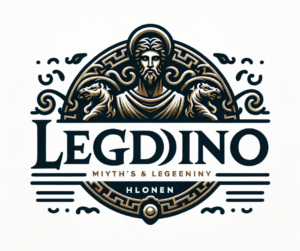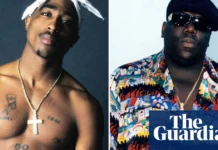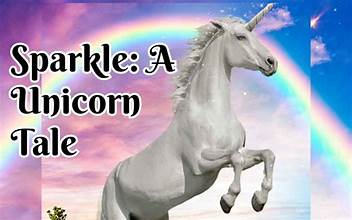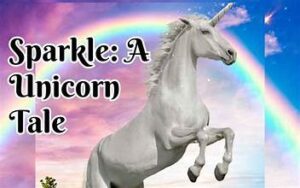In 2024, the allure of mythical creatures, particularly unicorns, continues to captivate our imaginations. These majestic beings, often depicted as pure white horses with a single spiraling horn, embody a sense of wonder and magic that transcends time. This article delves into the enchanting world of unicorns, examining their origins, cultural significance, and the ways they remain relevant in contemporary society.
The Origins of Unicorns
The concept of the unicorn dates back to ancient civilizations. Historical records from Mesopotamia, Greece, and India describe creatures resembling unicorns, though interpretations varied. The Greeks, for instance, described a beast called the “monoceros,” while in ancient India, unicorn-like creatures appeared in the Indus Valley Civilization’s seals.
Medieval European folklore further popularized unicorns, often portraying them as elusive creatures with healing powers. They were believed to have the ability to purify water and cure diseases, making their horns highly sought after. This mystical view persisted throughout the Renaissance, cementing the unicorn’s place in Western mythology.
Unicorns in Modern Culture
In the 21st century, unicorns have evolved from mythical beings into cultural icons. Their imagery has permeated various aspects of modern life, from fashion to entertainment. Unicorn-themed products are now ubiquitous, including toys, clothing, and even food items like unicorn lattes and cakes.
The popularity of unicorns in contemporary media also reflects their enduring appeal. Movies, television shows, and books often feature unicorns as symbols of purity and magic. For example, animated films like “My Little Pony” and Netflix’s “The Magic School Bus” series showcase unicorns as central characters, teaching valuable lessons while enchanting audiences of all ages.
The Symbolism of Unicorns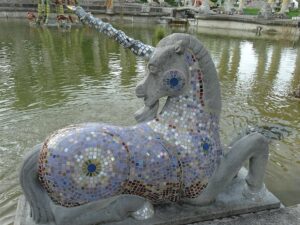
Unicorns symbolize various concepts across different cultures. In Western tradition, they often represent purity, grace, and beauty. Their rarity and elusive nature make them symbols of something precious and unattainable. In contrast, in Eastern cultures, unicorns (or “qilin” in Chinese mythology) are seen as omens of prosperity and good fortune.
The horn of the unicorn, often called the “alicorn,” is particularly significant. It is said to possess magical properties, including the ability to neutralize poison and grant wisdom. This notion persists in modern symbolism, where unicorns are often associated with healing, transformation, and positive change.
Unicorns and the Digital Age
In the digital era, unicorns have found a new lease on life through social media and online communities. Platforms like Instagram and TikTok are awash with unicorn-themed content, from DIY crafts to viral challenges. The hashtag #Unicorn has millions of posts, showcasing everything from elaborate unicorn makeup tutorials to viral dance trends.
This digital renaissance has also seen the rise of virtual unicorns in video games and augmented reality apps. Games like “Unicorn Simulator” and “My Unicorn” allow players to interact with these mythical creatures in virtual worlds, further solidifying their place in popular culture.
The Future of Unicorns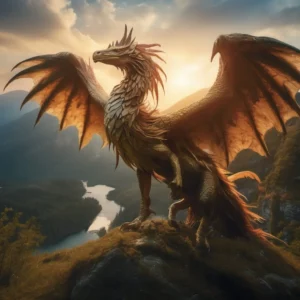
As we look to the future, the unicorn’s place in our collective imagination seems secure. Their continued presence in media, fashion, and technology suggests that they will remain relevant for years to come. The fascination with unicorns reflects a deeper human desire for magic and wonder in an increasingly complex world.
In conclusion, unicorns, with their rich history and vibrant presence in modern culture, continue to enchant and inspire. Whether as symbols of purity, prosperity, or simply as magical beings in our favorite media, unicorns capture the imagination and remind us of the enchantment that exists just beyond the ordinary.
